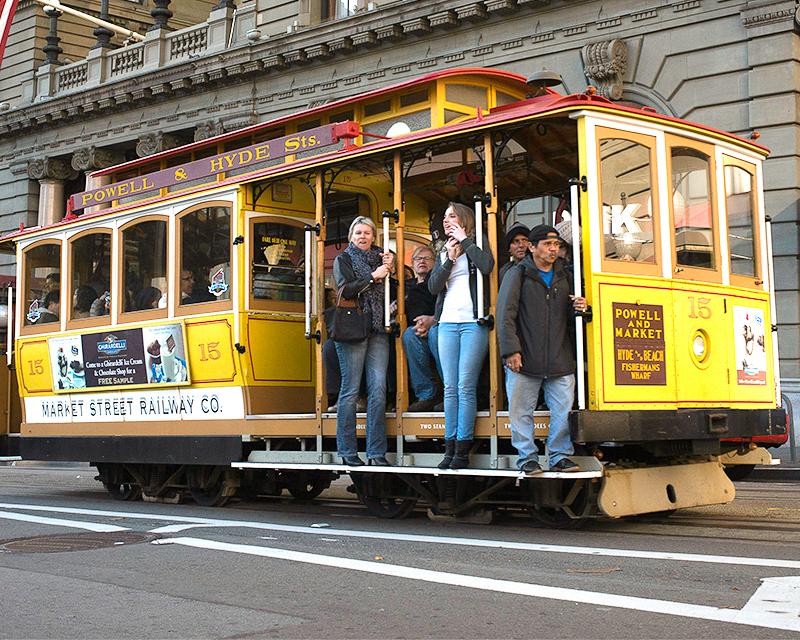The HIV Experience of LGBTQ in SanFrancisco Allowed The City To See The Pandemic Before The Bodies Started to Pile Up
The brain trust that now exists in San Francisco when it comes to infectious diseases, and the respect that is given to that expertise by local politicians, can't be overstated when it comes to the pandemic narrative we have seen play out.
Colfax was quick to see the brewing pandemic storm, along with colleagues at UCSF, and he helped ring the alarm bells at City Hall in January that led directly to Breed's February 25 emergency declaration — at a time when there were only 10 confirmed cases in California, and 53 in the country. Most other politicians were not so quick to take decisive action.
As Breed says now, in the Wired piece, "If a doctor who was part of what was happening in San Francisco during the AIDS crisis is telling you, ‘You got something to worry about,’ then you got something to worry about."
The medical expertise that surrounds San Francisco — at UCSF, Stanford, and multiple institutions in the region — can't be discounted either. And it remains remarkable how low the death count has stayed, particularly in the city, but also in the region as a whole compared to the rest of the state and the nation.
In a piece published in late April by Kaiser Health News, Angela Hart and Anna Maria Barry-Jester told the story of the formation of the Association of Bay Area Health Officials, a coalition of 13 health officers spanning the nine-county Bay Area and including Santa Cruz, Monterey, and San Benito counties as well (along with the independent health department of the City of Berkeley), that was formed in 1985 to address the growing AIDS crisis. This association was pivotal in the region-wide coordination when the lockdowns began — and it's a region with a particularly well qualified and congenial group of public health officials who deeply trust one another. Those health officers all had the power to shut down the economies in their counties — and Mayor Breed became the face of the sheltering orders in part because she balked at the idea of non-elected officials making such a politically consequential announcement.
There's no doubt that New York City and Los Angeles have suffered for various reasons having to do with density and socio-economic factors that affect how people live and work. But San Francisco's response has been swift, consistent, and stern from the beginning of this crisis, and there's no doubt that has saved lives.
As Duane notes, on March 2, the same day that Twitter told its entire workforce to start working from home and the same day Mayor Breed began telling people to expect a disruption to daily life and to begin stocking up on medications, New York Mayor Bill DeBlasio tweeted to the city that everyone should "go on with your lives + get out on the town." That advice and attitude, for countless New Yorkers, might have meant the difference between life and death.
It still could be that San Francisco will see a surge this fall or winter that it can't so easily control — Colfax warned of such a possibility just two weeks ago. But UCSF's head of the department of medicine, Dr. Bob Wachter, has said he doesn't see that happening for the simple reasons that good governance, politicians who listen to science, and a generally educated and cautious population have been keeping the virus metrics down as long as they have.
"You got lucky with your politicians,” says Peter Staley, an AIDS activist who now lives in New York, speaking to Wired. “New York did not, and obviously the nation did not. It really triggered everybody who survived the early AIDS year... The ones who appear alarmist at the beginning, because you don't yet see the deaths, they are the politicians who save lives.”


Comments